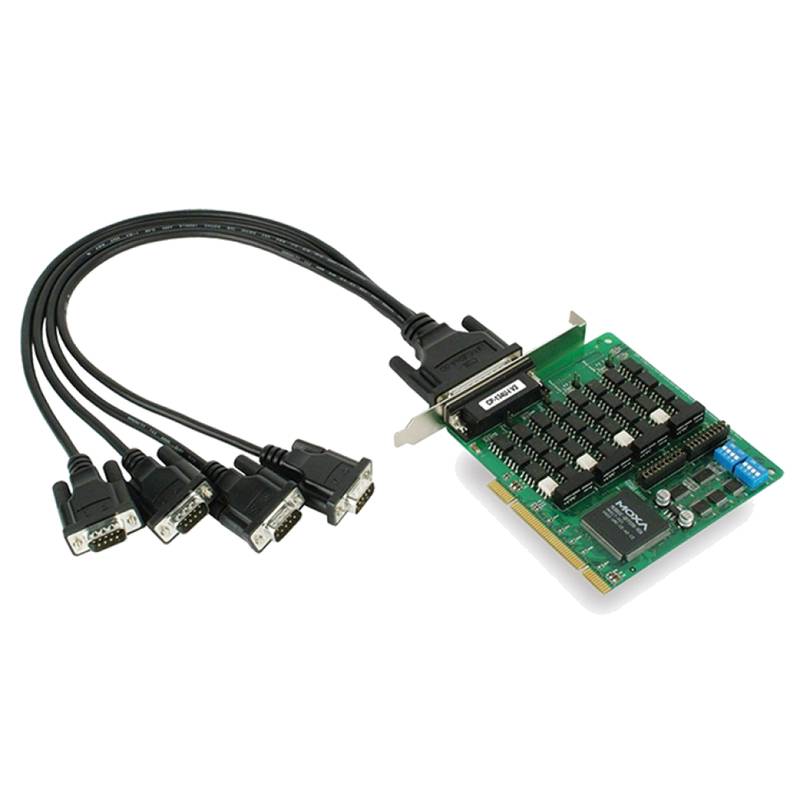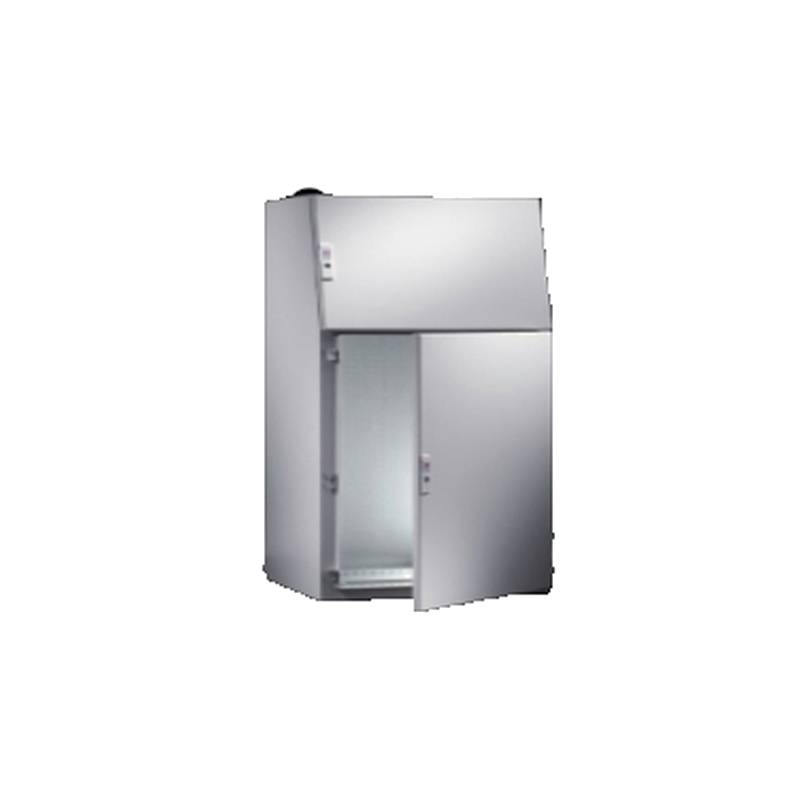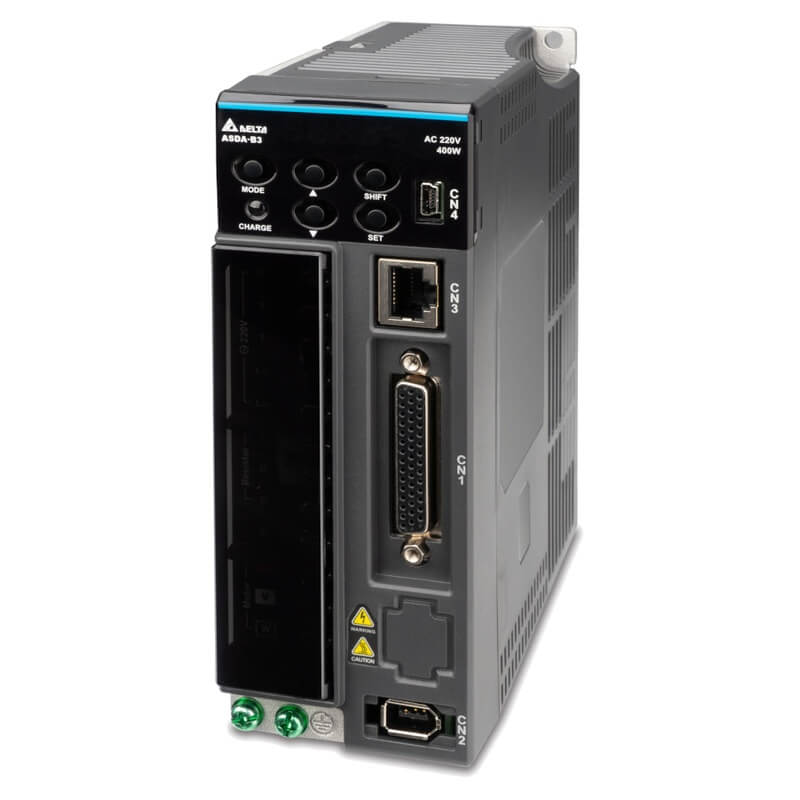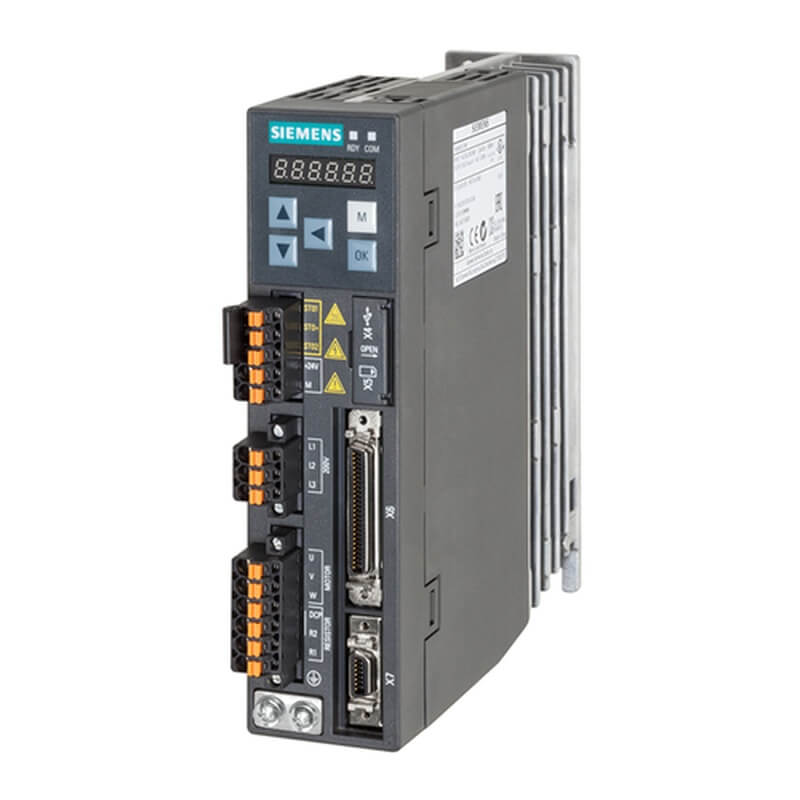
The Moxa CP-134U-I-DB9M is a robust 4-port Universal PCI serial device server engineered for demanding industrial environments. It provides reliable serial communication connectivity, supporting RS-232, RS-422, and RS-485 interfaces. Key advantages include high data throughput of over 700 kbps, a maximum baud rate of 921.6 kbps, and 2 kV electrical isolation for enhanced protection against voltage surges. The device features automatic data direction control (ADDC®) for seamless RS-485 operation, a 128-byte FIFO buffer, and both hardware and software flow control. Designed for wide temperature operation, it functions reliably between 0°C and 55°C, with storage temperatures ranging from -40°C to 85°C. This makes the CP-134U-I-DB9M an ideal solution for industrial automation, data acquisition, and other critical applications where dependable serial communication is paramount.
Product Specifications
| Feature | Specification |
| :----------------------- | :------------------------------------------------ |
| Comm. Controller | MU860 (16C550C compatible) |
| Bus | 32-bit Universal PCI |
| Connector | DB44 female |
| FIFO | 128 bytes |
| Max. No. of Boards per PC| 8 |
| No. of Ports | 4 |
| Serial Standards | 2 x RS-232/422/485, 2 x RS-422/485 |
| Baudrate | 50 bps to 921.6 kbps |
| Data Bits | 5, 6, 7, 8 |
| Stop Bits | 1, 1.5, 2 |
| Parity | None, Even, Odd, Space, Mark |
| Flow Control | None, RTS/CTS, XON/XOFF |
| Isolation | 2 kV |
| Operating Temperature | 0 to 55°C (32 to 131°F) |
| Storage Temperature | -40 to 85°C (-40 to 185°F) |
| Ambient Relative Humidity| 5 to 95% (non-condensing) |
| EMC | EN 55032/35 |
| EMI | CISPR 32, FCC Part 15B Class B |
| EMS | IEC 61000-4-2 ESD: Contact: 4 kV; Air: 8 kV |
| Input Current | 850 mA @ 5 VDC |
| Dimensions | 115 x 120 mm (4.52 x 4.72 in) |
| MTBF | 480,209 hrs (Telcordia SR332) |
| Warranty | 5 years |
Core Features & Market Positioning
The Moxa CP-134U-I-DB9M distinguishes itself in the industrial serial connectivity market through its combination of advanced features and robust design. Its Universal PCI interface ensures compatibility with a wide range of industrial PCs, supporting both 3.3V and 5V signaling. The inclusion of 2 kV electrical isolation is a critical differentiator, safeguarding connected equipment from ground loops and damaging voltage transients, a common concern in harsh industrial settings. Moxa's proprietary Turbo Serial Engine™ with on-chip ADDC® simplifies RS-485 implementation by automatically managing data direction, a significant advantage over competitive solutions that require complex software control. This focus on reliability, ease of use, and protection against environmental factors positions the CP-134U-I-DB9M as a premium choice for mission-critical industrial applications. Furthermore, the extensive driver support for various operating systems, including Windows, Linux, and UNIX, underscores Moxa's commitment to broad system integration capabilities.
Key Application Scenarios
The versatility of the Moxa CP-134U-I-DB9M makes it suitable for a myriad of industrial applications. It excels in industrial automation systems, enabling communication with Programmable Logic Controllers (PLCs), sensors, actuators, and Human-Machine Interfaces (HMIs) across manufacturing floors. In process control, it facilitates reliable data acquisition from remote or distributed machinery, such as in chemical plants, oil and gas facilities, or power generation stations where long-distance communication and electrical isolation are essential. The board is also a strong candidate for building automation systems, managing HVAC, security, and lighting control devices. Additionally, its ability to connect up to 31 daisy-chained RS-485 devices within 1.2 km makes it ideal for large-scale SCADA (Supervisory Control and Data Acquisition) deployments and telemetry applications.
Practical System Integration Guidance
Integrating the Moxa CP-134U-I-DB9M into an existing system is streamlined due to its Universal PCI design and comprehensive driver support. Hardware installation involves inserting the board into an available 32-bit or 64-bit PCI slot. Crucially, the hardware must be installed *before* the driver software. The provided drivers cover a broad spectrum of operating systems, including various versions of Windows (DOS to Windows 10), Linux (kernel 2.4.x to 5.x), and UNIX variants like QNX and FreeBSD. Post-installation, the serial ports can be configured through the operating system's device manager or specialized Moxa utilities. For RS-485 configurations, the on-chip ADDC® simplifies setup, typically requiring no special software intervention for data direction control. The DB44 connector requires a breakout cable (often included or sold separately) to terminate into the desired DB9 male connectors for individual serial devices.
Operation and Risk Mitigation
Operating the CP-134U-I-DB9M involves configuring the serial port parameters (baud rate, data bits, parity, stop bits, flow control) to match the connected devices. The built-in Tx and Rx LEDs per port provide immediate visual feedback on data transmission activity, aiding in troubleshooting. Electrical isolation (2 kV) is a key risk mitigation feature, protecting the host PC and connected serial devices from ground loops and voltage surges up to 2000 volts, which can be critical in electrically noisy industrial environments. Compliance with EMC standards such as EN 55032/35 and FCC Part 15B Class B ensures electromagnetic compatibility, minimizing interference with other electronic equipment. In scenarios requiring higher protection, the CP-134EL-A-I variant offers 4 kV surge protection. Regular driver updates from Moxa's support portal are recommended to ensure optimal performance and security.
Scalability & Long-Term Value
The Moxa CP-134U-I-DB9M offers significant long-term value through its scalability and compatibility. The Universal PCI design ensures it can be integrated into a wide range of existing industrial PCs, providing a future-proof upgrade path for serial communication needs. The ability to install up to eight CP-134U series boards in a single PC allows for substantial expansion of serial port density. Furthermore, Moxa's commitment to supporting established and evolving operating systems, including Linux kernel versions up to 5.x, demonstrates a dedication to long-term software compatibility. For systems evolving towards Industry 4.0 and IIoT (Industrial Internet of Things), the CP-134U-I-DB9M acts as a vital bridge, reliably connecting legacy serial devices to modern network infrastructures. Its robust construction, high reliability (evidenced by a Mean Time Between Failures - MTBF - of 480,209 hours), and a 5-year warranty further enhance its long-term value proposition.
---
FAQs
Q1: What is the maximum distance for RS-485 communication with the Moxa CP-134U-I-DB9M?
The Moxa CP-134U-I-DB9M can support RS-485 communication over distances of up to 1.2 kilometers. This extended range is crucial for applications spanning large factory floors or distributed industrial sites where devices are physically separated.
This capability is facilitated by the robust RS-485 physical layer, which is designed for long-distance, multi-drop serial communication. The high data transmission rates also ensure that signal integrity is maintained over these extended distances.
When deploying RS-485 over such long distances, proper cabling, termination resistors, and shielding are recommended to maintain optimal signal quality and prevent data errors.
Q2: Does the Moxa CP-134U-I-DB9M support RS-232, RS-422, and RS-485 simultaneously?
Yes, the Moxa CP-134U-I-DB9M offers flexible port configuration. Ports 1 and 2 on the board can be independently set to operate as RS-232, RS-422, or RS-485 interfaces.
Ports 3 and 4, however, are specifically designed for RS-422 and RS-485 communication only. This hybrid capability allows for integration with a diverse range of serial devices within a single system.
This flexibility is a key advantage, enabling users to adapt the board to various existing or new serial communication requirements without needing multiple specialized interface cards.
Q3: What are the operating temperature limits for the Moxa CP-134U-I-DB9M?
The Moxa CP-134U-I-DB9M is designed for industrial use and operates within a temperature range of 0°C to 55°C (32°F to 131°F). This range is suitable for many standard industrial control room environments.
For applications that require operation in more extreme temperatures, Moxa also offers wide-temperature models. The storage temperature range for the product is -40°C to 85°C (-40°F to 185°F).
Ensuring proper ventilation within the host system is important to maintain the board within its specified operating temperature limits and ensure long-term reliability.
Q4: How many devices can be connected to a single port using RS-485 multidrop with this card?
When configured for RS-485 multidrop communication, a single port on the Moxa CP-134U-I-DB9M can support up to 31 daisy-chained devices. This multi-drop capability is essential for large-scale data acquisition systems.
This allows for a centralized control system to communicate with numerous distributed devices, such as sensors, meters, or control units, over a single serial bus.
Effective implementation of multidrop requires careful consideration of cable impedance, termination resistors at each end of the bus, and ensuring all connected devices adhere to the RS-485 standard.
Q5: What is the purpose of the 2 kV electrical isolation on the CP-134U-I-DB9M?
The 2 kV electrical isolation feature on the CP-134U-I-DB9M is designed to protect the host PC and connected serial devices from damage caused by ground loops and voltage surges. This is crucial in industrial environments where electrical noise and potential differences between devices are common.
By creating a barrier between the serial port circuitry and the host system, it prevents high voltages from propagating and damaging sensitive electronics. This significantly enhances the reliability and longevity of the system.
This isolation is particularly important when connecting to devices that may be powered by different electrical sources or are located in electrically challenging areas, ensuring robust and safe communication.
Q6: Does the Moxa CP-134U-I-DB9M come with a breakout cable?
The Moxa CP-134U-I-DB9M typically includes a DB44 female connector on the board itself, which requires a breakout cable to convert it to individual DB9 male connectors for each serial port. The specific contents of the package can vary, but a breakout cable is often provided.
It is recommended to check the product packaging or datasheet for confirmation regarding the inclusion of the breakout cable. If not included, these cables are widely available from industrial automation suppliers.
This breakout cable is essential for connecting standard serial devices that use DB9 connectors to the multi-port DB44 interface of the card.
Q7: What operating systems are supported by the Moxa CP-134U-I-DB9M?
The Moxa CP-134U-I-DB9M offers extensive operating system support, including drivers for various Windows versions (DOS, Windows 95/98/ME/NT/2000, XP, Vista, 7, 8, 10, and Server editions), Linux (kernels 2.4.x through 5.x), and UNIX-based systems like QNX, SCO OpenServer, UnixWare, Solaris, and FreeBSD.
This broad compatibility ensures that the serial board can be integrated into a wide array of existing and legacy industrial computing platforms. This extensive driver support is a hallmark of Moxa's commitment to industrial connectivity.
Users can typically download the latest drivers directly from the Moxa support website, ensuring they have access to the most stable and up-to-date software for their specific operating system.
Q8: What is ADDC® and how does it benefit RS-485 communication?
ADDC® stands for Automatic Data Direction Control. It is a proprietary Moxa technology built into the Turbo Serial Engine™ chip that automatically manages the data transmission direction for RS-485 signals.
This feature simplifies RS-485 communication, especially in half-duplex mode, by eliminating the need for complex software programming to control the line driver. The board handles the enable/disable timing automatically, making RS-485 as easy to use as RS-232.
By automating data direction, ADDC® ensures precise timing and prevents data collisions, leading to more reliable and efficient RS-485 communication in industrial applications.
Q9: Can I use the CP-134U-I-DB9M in a PCI Express slot?
The Moxa CP-134U-I-DB9M is a Universal PCI (UPCI) board, which means it is designed to be compatible with standard PCI slots. While some Universal PCI cards may also function in certain PCI Express configurations with adapters, this board is primarily intended for traditional PCI bus slots.
For PCI Express slots, Moxa offers different product series, such as their PCIe cards. It's important to select the appropriate form factor and bus type for your specific motherboard.
Always verify your motherboard's slot type to ensure compatibility before purchasing and installing the Moxa CP-134U-I-DB9M.
Q10: What is the data throughput and maximum baud rate of the CP-134U-I-DB9M?
The Moxa CP-134U-I-DB9M offers a high data throughput exceeding 700 kbps and supports a maximum baud rate of 921.6 kbps. These specifications are crucial for applications that require fast and efficient serial data transmission.
The high baud rate allows for rapid exchange of data between the host PC and connected serial devices, improving the responsiveness and performance of industrial control and automation systems.
The 128-byte FIFO buffer further aids in high-speed data handling by reducing the load on the CPU and ensuring smooth data transfer even under heavy traffic conditions.























